In the final at-bat of the 2023 World Baseball Classic, Mike Trout, arguably one of the best hitters in baseball, stepped into the batter’s box to face his Los Angeles Angels teammate Shohei Ohtani, the unicorn two-way player who is both an elite pitcher and hitter. In a baseball fairy tale moment, Ohtani struck out Trout to clinch the World Championship for Japan and seal Japan’s reputation for producing some of the world’s greatest baseball players.
The History of Japanese Baseball
You have to go back over 150 years to discover how baseball, known locally as yakyu 野球, became a sport in Japan, to an American named Horace Wilson, who introduced baseball as a school sport in 1872. Surprisingly, baseball arrived in Japan within the same general period that professional baseball teams were established in America, so the two countries enjoyed parallel paths of growing popularity, at least until WWII. The legendary two-way player Babe Ruth was part of an all-star team of American players invited to play in Japan in 1934. Ruth’s gracious demeanor toward his hosts and unmatched baseball skills helped propel the popularity of Japanese baseball to new heights.
Japan’s growing imperialism and role in WWII understandably put a damper on Japanese-American baseball relations. But baseball was quickly reintroduced following the war as a pleasant distraction to Japan’s post-war woes. Later, in the 1950s and 60s, American players were invited to play for Japanese professional teams, often bringing a brash, aggressive style of play that energized the Japanese fans.
It wasn’t until 1964 that the first Japanese player, Masanori “Mashi” Murakami, was invited to play professionally in America. But most baseball fans will remember the first impactful player from Japan as Hideo Nomo, who pitched for the Los Angeles Dodgers starting in 1995. Nomo earned an All-Star selection and National League Rookie of the Year in 1995 and had a successful 13-year career playing in Major League Baseball (MLB). Nomo’s success opened the floodgates for other Japanese players to cross the Pacific, which only grows with each passing season.
Sadaharu Oh and the Golden Age of Baseball in Japan
In the modern age, the intense MLB scouting of the Japanese baseball leagues, along with the lure of MLB’s astronomically high salaries, make it unlikely any current or future Japanese baseball superstar will play their entire career in Japan. However, there was a time when Japanese star players were rarely seen outside their homeland.
Americans might regard Barry Bonds’s PED-fueled career as a home run hitter as the pinnacle of power hitting. But in 1964, the year Bonds was born, Sadaharu Oh crushed 55 dingers, which is still tied for the Nippon Professional Baseball (NPB) league record. Oh continues to hold the world record for most career home runs at 868 and has the third most hits in the NPB behind two of his contemporaries, also notwithstanding an unverified claim by the Beastie Boys in “Hey Ladies.”
Katsuya Nomura was an Oh contemporary who led the Pacific League in home runs for eight consecutive seasons, finishing with a career total of 657. Considering he did this as a catcher who knelt behind the plate for 26 seasons makes his achievement that much more admirable.
Shigeo Nagashima played third base for the Tokyo Yomiuri Giants during the same era as Oh, forming a fearsome 3-4 hitting duo that powered the Giants to nine consecutive league championships from 1965 to 1973. During that time, Nagashima won the seasonal MVP award five times, finishing his career with a .305 average and 1,522 RBIs (runs batted in).
Similarities and Differences Between MLB and NPB Baseball
Fans of baseball will find that understanding the generalities of Japanese baseball is very straightforward. The NPB consists of only 12 teams divided into two leagues rather than MLB’s 30 teams divided into six divisions, but this makes sense due to the smaller size of Japan compared to America. With one notable exception, Japanese teams are named after the corporations that own them rather than the city they play in. The Hiroshima Toyo Carp was initially funded by the people of Hiroshima Prefecture, but is now partially owned by the Matsuda family, made famous by its company, the multinational automotive manufacturer Mazda.
Perhaps the most distinctive aspect of Japanese baseball is how passionate fans are about non-professional baseball. Each summer, thousands of high school baseball teams participate in a national competition called Koshien, vying for one of the 49 seats in the championship event held at the Hanshin Koshien Stadium in Kobe, home of the professional Hanshin Tigers. Each championship match is nationally televised, draws millions of viewers nationwide, and sells out crowds at the 55,000-seat capacity Koshien Stadium. It’s safe to say that long before Shohei Ohtani, Ichiro Suzuki, and Yu Darvish were household names in professional baseball, they were already known by their high school performances during the Koshien.
Hardcore baseball fans visiting Japan often want to experience a baseball game in Japan, and for good reason. While the game’s rules are nearly identical between Japan and America (except that Japanese games can end in a tie after 12 innings), the fan experience is entirely different. MLB fans who savor the “playoff atmosphere” of late-season games when their home team is in contention are often surprised to find that the same atmosphere exists at nearly every baseball game in Japan regardless of team standings or time of the year. It seems Japan doesn’t have casual baseball fans, only fans passionate about their team.
Fans at Japanese stadiums separate themselves by the team they are rooting for, so they always feel like they are part of a team in charge of rooting their players to victory. Rather than just a few seconds of walk-up music and cheering, each player has a unique chant all the team’s fans know, which continues the entire length of their at-bat. This enthusiasm creates a fan engagement that lasts throughout the match, rather than just crucial moments during the game.
No ballpark experience is complete without a sampling of ballpark food. Stadium food tends toward the simple, much like in America, but suited to local palates. Instead of peanuts and Cracker Jack, you might enjoy sembei (rice crackers) and curry pan (fried bread filled with curry). One pleasant difference between food served in Japanese ballparks is that they don’t jack up the prices to insane levels just because they have a monopoly on the food supply during the event.
If you crave an adult beverage during the game, you’ll have an opportunity to enjoy another distinctive aspect of Japanese baseball. Uriko beer vendors, made up almost entirely of young women with beer kegs strapped to their backs, dispense an ice-cold brew to thirsty customers. You can’t miss them as florescent-colored streaks zooming up and down the aisles throughout the event.
Where You Can See a Japanese Baseball Game
Baseball fans staying around the Tokyo area have a variety of opportunities to see a game; five of the 12 professional teams play in or within about an hour’s trip from Tokyo (Tokyo’s Yomiuri Giants and Yakult Swallows, Saitama’s Seibu Lions, Chiba’s Lotte Marines and Yokohama’s DeNA BayStars). If you are in Osaka or Kyoto, the Osaka Hanshin Tigers and Kobe Orix Buffaloes play within a reasonable distance. Other teams play in Nagoya (Chunichi Dragons), Hiroshima (Hiroshima Carp), Fukuoka (Softbank Hawks), Sapporo (Nippon Ham Fighters), and Sendai (Rakuten Golden Eagles).
So, what teams or stadiums offer the best environment to enjoy a Japanese baseball game? The Yomiuri Giants are the most popular team in Japan, and the atmosphere in the mid-city Tokyo Dome tends to be electric. However, tickets are harder to come by, especially on game day. It would be best to purchase tickets well in advance if you plan to attend a Giants game.
Hiroshima Carp fans are renowned for their passion, and the team’s recent successes have made them even more so. With a beautiful stadium within walking distance from Hiroshima Station, baseball fans might enjoy a night at the ballpark in Hiroshima, but again, purchasing tickets in advance is recommended.
Fan merchandise, including caps and jerseys, are available at shops outside of the team’s home stadiums and usually in sporting goods and department stores around the city the team plays in.
Finally, even if you can’t make it to a live game, visitors to Tokyo can always enjoy the Japan Baseball Hall of Fame and Museum located within Tokyo Dome. True Japanese baseball fans can learn in-depth about the history of baseball in Japan as well as get an up-close look at many of the game’s most precious historical artifacts.
Whether you’ve become a fan of Japanese baseball through modern superstars like Shohei Ohtani or Ichiro Suzuki or want to experience a unique aspect of Japanese culture through a sporting event, a baseball-themed activity is a great addition to round out your experience visiting Japan.

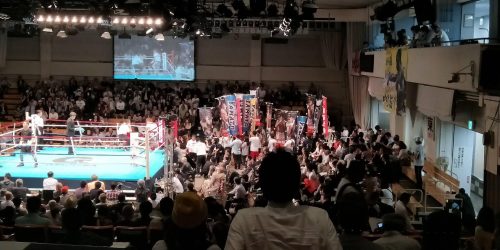
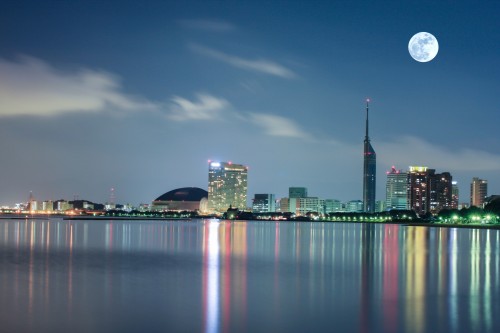
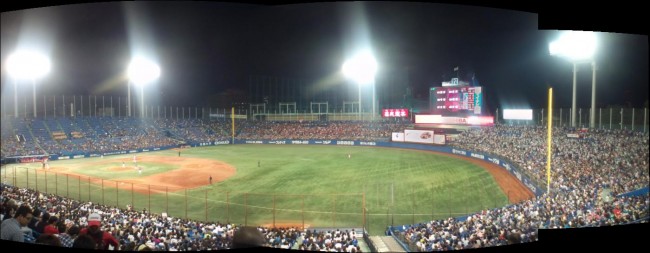
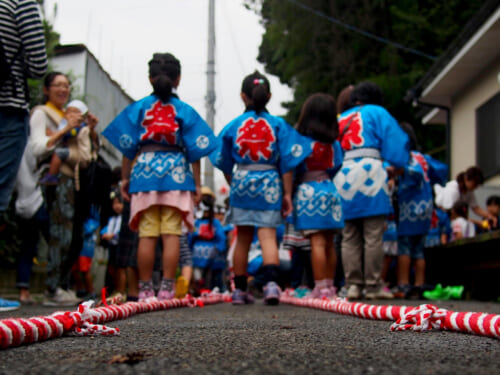
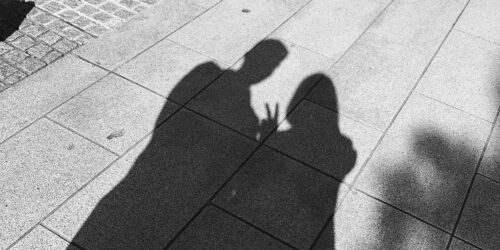
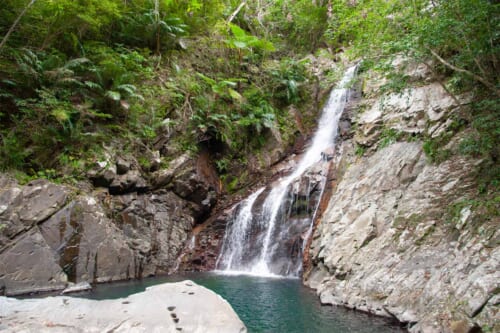
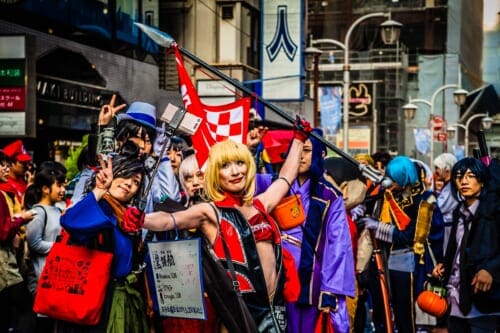


No Comments yet!